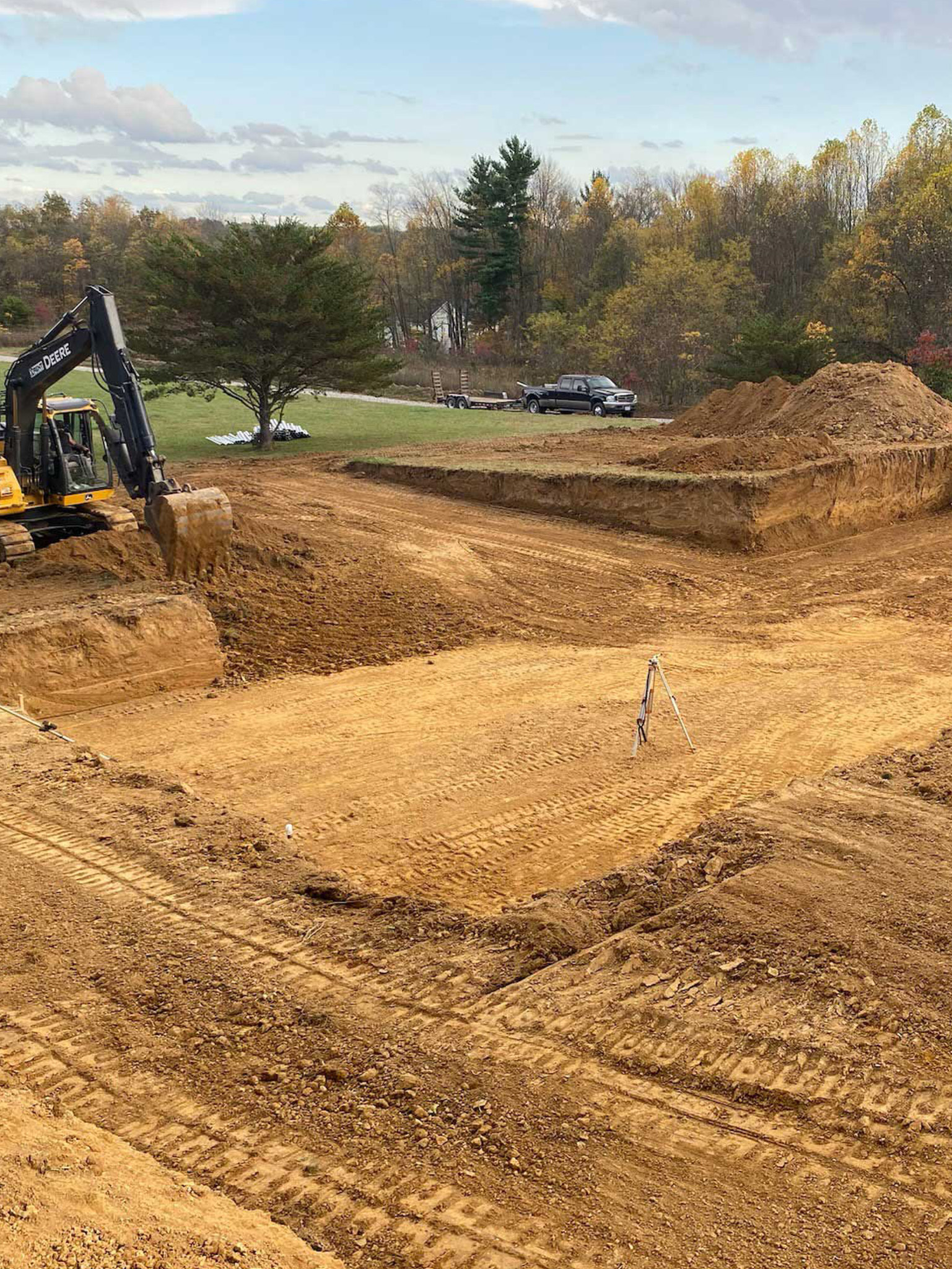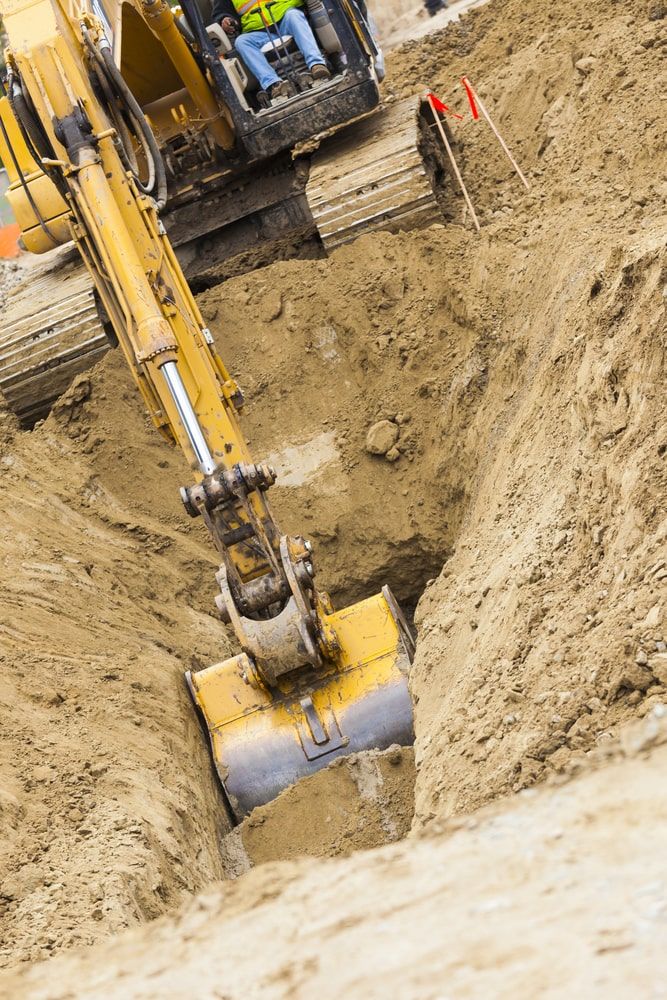Comprehensive Excavation Techniques: Grasping the Principles for Success
The cautious planning, specific execution, and meticulous focus to information needed in excavation projects demand a comprehensive strategy that includes different basic facets. The real proficiency exists not just in understanding these fundamentals however in flawlessly integrating them to navigate the complexities of excavation tasks with finesse.
Comprehending Excavation Project Planning

Effective excavation projects are improved the structure of thorough and detailed preparation. The initial stage of any kind of excavation task is the drawing board, where essential choices are made that can significantly influence the result of the job. Throughout this stage, it is necessary to collect all pertinent info concerning the website, including topographical studies, soil structure, and any kind of potential threats that may exist. Recognizing the project timeline, range, and budget plan restrictions is crucial for creating a detailed excavation plan that makes certain the task's success.
One key element of excavation project preparation is the development of a thorough timeline that details the sequence of turning points, tasks, and due dates. This timeline acts as a roadmap for the task group, allowing them to track progress and make necessary changes to make certain the project remains on routine. Furthermore, a well-defined spending plan that makes up all costs, consisting of tools leasing, labor prices, and materials, is crucial for avoiding price overruns and delays. By meticulously taking into consideration all these factors during the drawing board, excavation tasks can be implemented efficiently and successfully, leading to successful results.
Dirt Analysis and Website Examination
Performing complete soil analysis and site assessment is a crucial step in the prep work phase of any excavation job. Soil evaluation involves determining the composition, structure, and homes of the dirt at the excavation website. This details is essential for recognizing the soil's bearing ability, wetness web content, and possibility for disintegration, which are vital aspects in identifying the excavation methods and equipment required for the task.
Website analysis surpasses dirt evaluation and encompasses a broader assessment of the overall site conditions. This evaluation consists of determining any kind of prospective dangers, such as below ground energies, ecological concerns, or unsteady surface, that could affect the excavation process. By extensively examining the site, project supervisors can create efficient excavation approaches that focus on safety and security, performance, and environmental management.
Utilizing sophisticated technologies like ground-penetrating radar, dirt tasting, and drone surveys can boost the precision and efficiency of soil analysis and website evaluation. Spending time and sources in these initial actions can eventually save time and protect against pricey hold-ups or issues throughout the excavation process.
Tools Option and Usage
Effective excavation projects depend greatly on calculated devices choice and use to make certain optimal performance and productivity. Selecting the best equipment for the job is crucial in making the most of efficiency and minimizing downtime. Variables such as the type of dirt, deepness of excavation, and task range play a significant role in establishing the most ideal equipment for the task available.

In addition to choosing the proper equipment, proper use is go to my site crucial to job success. Operators must be educated to handle the devices securely and efficiently - lancaster trenching. Regular maintenance checks and prompt fixings assist avoid malfunctions and ensure constant efficiency throughout the project
Safety And Security Procedures and Laws Compliance
In the realm of excavation projects, focusing on precaution and conformity with guidelines is paramount to ensuring a secure and legally audio functional setting. Safety and security actions incorporate a series of techniques, including conducting comprehensive website assessments, carrying out correct signs and barriers, and offering adequate safety training for all employees associated with the excavation process. Adherence to policies, such as OSHA demands in the United States, guarantees that the excavation job satisfies the needed requirements to shield employees, spectators, and the surrounding setting.

Tracking Progress and Adjusting Strategies
How can forecast managers successfully track the innovation of excavation jobs and adjust their strategies as necessary to optimize results? Surveillance progress is necessary for guaranteeing that excavation tasks stay on track and satisfy target dates.

Final Thought
To conclude, understanding the basics of extensive excavation strategies is vital for the success of any type of task. By recognizing project preparation, analyzing soil and website conditions, selecting appropriate devices, complying this hyperlink with safety and security policies, and keeping track of progression, project supervisors can ensure a efficient and smooth excavation procedure. Implementing these methods will cause successful end results and reduce possible dangers or setbacks throughout the excavation project.
The first phase of any excavation task is the planning stage, where vital decisions are made that can considerably influence the result of the job. Recognizing the task budget, scope, and timeline constraints is crucial for creating an extensive excavation plan that makes sure the project's success.
Just how can forecast managers successfully track the innovation of excavation tasks and adapt their methods accordingly to maximize end results? By very closely keeping an eye on development and being prepared to adapt techniques, job managers can improve the total success of excavation projects.
By understanding task planning, examining soil and site problems, picking suitable tools, conforming with safety and security guidelines, and monitoring progress, project managers can ensure a smooth and efficient excavation procedure.